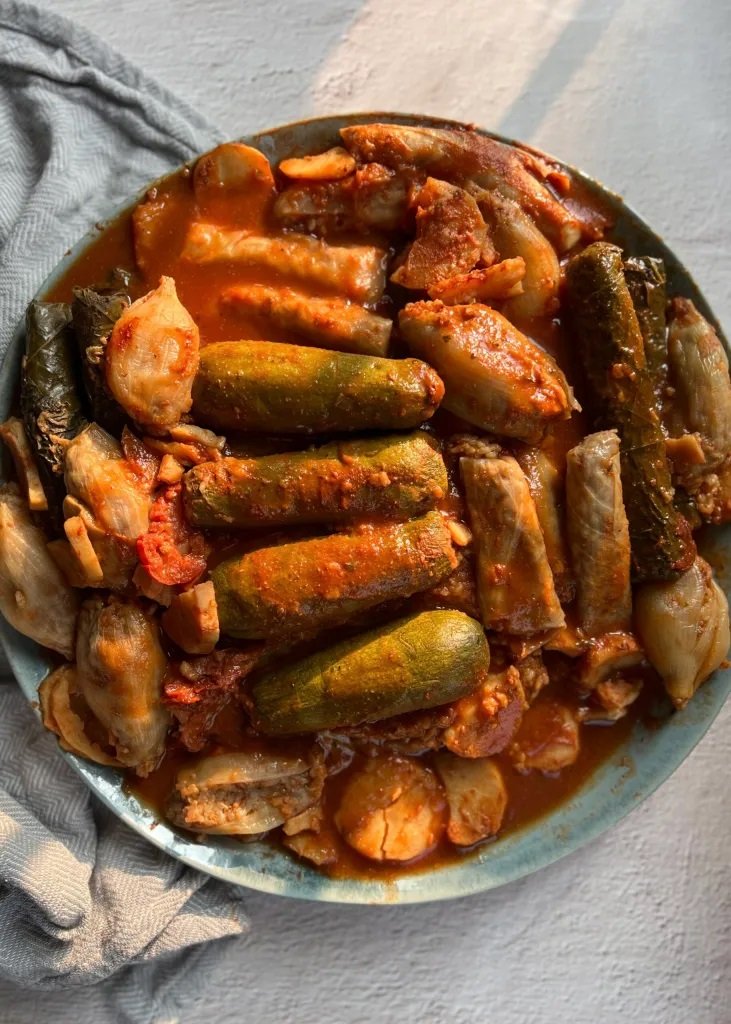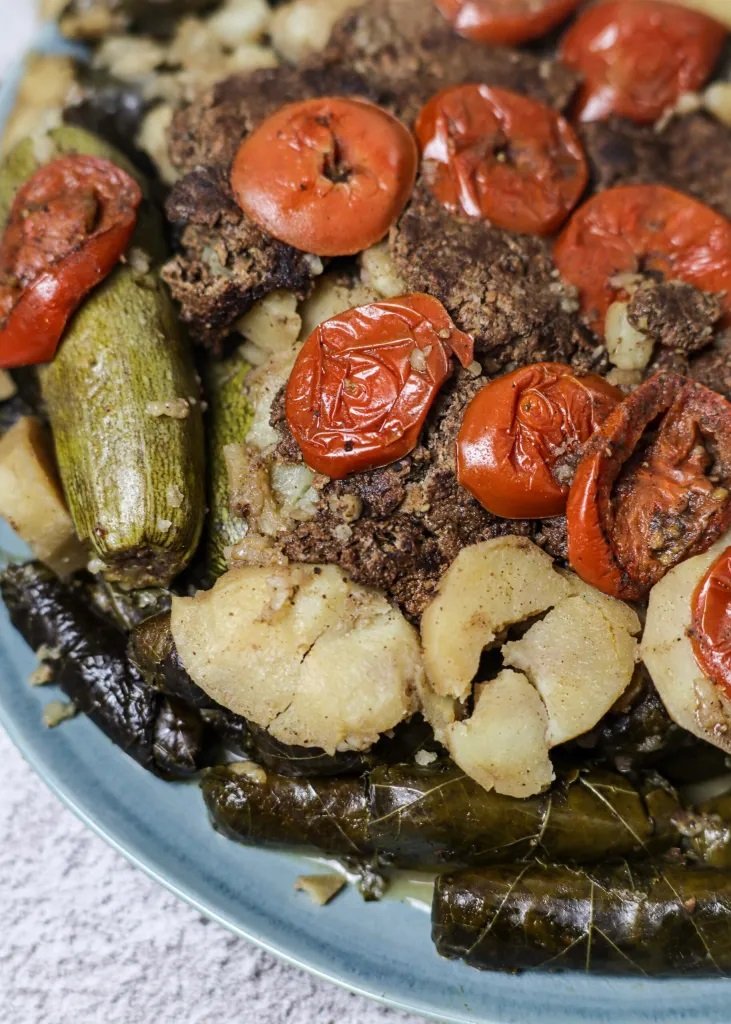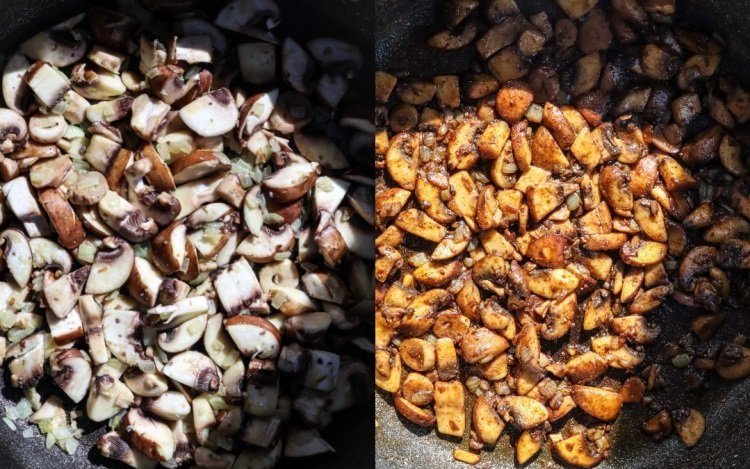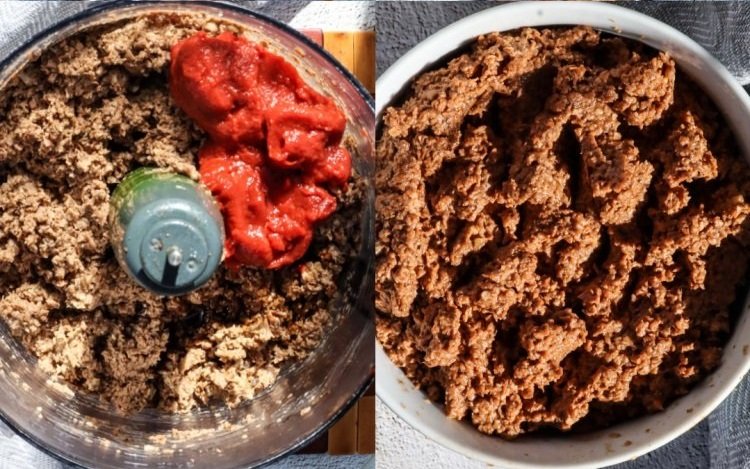A Homemade vegan hashweh for Arabic Cuisine
A taste and texture explosion of flavor can be added to a variety of Arabic recipes with this special homemade vegan meat filling (Hashweh). Its ability to blend well with recipes like meat pies (Sfeeha), stuffed vegetables (Mahshi), and other delectable dishes shows its flexibility. This recipe for Hashweh from Plant Based Arab, made with a combination of plant-based components, is not just a meat alternative but also a high-protein dish that resembles the famous meaty texture of Arabic cuisine.
"Hashweh" is Arabic for "filling," and it refers to a broad variety of fillings with or without meat. This specific recipe for hashweh is unique in that it may be used for a variety of purposes due to its savory flavor and versatility. Whether it's formed into meatballs, mixed with rice for stuffed veggies, or used as a filler for pastries, this plant-based take on classic recipes adds a punch of health and freshness.


A variety of ingredients, including textured vegetable protein (TVP), button mushrooms, onions, garlic, tomato paste, and a combination of spices such as smoky paprika and the 7 Spice Blend, are needed to make this Hashweh masterpiece. For a thick, savory filling, the technique calls for sautéing onions and garlic, frying mushrooms, browning rehydrated TVP, and mixing everything together with tomato paste and pomegranate molasses. The outcome is a delicious mixture that can be used right away to add a plant-based boost to Arabic recipes or preserved for later use.
Let's get cooking...
8 servings | preparation time: 10 minutes | cooking time: 20 minutes | total time: 30 minutes.
This recipe for homemade vegan meat filling (Hashweh) is incredibly versatile, lending itself well to a wide range of Arabic dishes. Whether you're making meat pies (Sfeeha), stuffed vegetables (Mahshi), or exploring other culinary creations, this plant-based filling is rich in protein and offers a satisfyingly meaty texture.
Ingredients:
2 cups textured vegetable protein (TVP), rehydrated in broth according to package instructions
450g button mushrooms, sliced
1 medium onion, finely diced
3 garlic cloves, finely minced
2 tablespoons cooking oil or olive oil, divided
3 teaspoons of a seven-spice blend
1 teaspoon paprika
Pinch of smoked paprika (optional).
1 teaspoon salt
1/2 teaspoon black pepper
3 tablespoons of tomato paste
3 teaspoons of pomegranate molasses
2 cups short-grain rice, rinsed and soaked for 30 minutes (optional for stuffed vegetables).
 Vegan Meat Filling (Hashweh) | Recipe by Waseem Hijazi
Vegan Meat Filling (Hashweh) | Recipe by Waseem HijaziDirections:
Heat 1 tablespoon of oil in a large pan over medium-high heat. Sauté the onions for approx 5 minutes until they turn translucent. Add the minced garlic and cook for another minute until fragrant.
Incorporate the sliced mushrooms into the pan and cook for a good 5 minutes until they soften. Stir in the spices along with the remaining 1 tablespoon of oil.
Add the rehydrated TVP to the pan and cook for about 5 minutes, stirring frequently, until it browns. Taste the mixture and adjust the seasoning if necessary. Transfer the mixture to a bowl and let it cool down.
Once cooled, transfer the mixture to a food processor. Pulse a few times to break down the ingredients, then blend again with the tomato paste and pomegranate molasses until well combined.
Transfer the Hashweh filling into a container and refrigerate for later use, or use it immediately in various Arabic recipes. Additionally, if you plan to use it in stuffed vegetables, you can mix it with rinsed and soaked short-grain rice for added texture and flavor.


There are many variations in the world of hashweh, encouraging experimentation and creativity in the kitchen. There is plenty of opportunity to customize this filling to fit individual preferences, from various spice blends to vegetable combinations. Hashweh provides an opportunity for culinary creativity, whether it is in the form of a tart Yalanji filling or exploring alternative taste combinations. It is not just for stuffing veggies; it can also be used in vegan meat pies (Sfeeha) or made into a delicious rice dish, demonstrating its adaptability to a variety of culinary situations.

